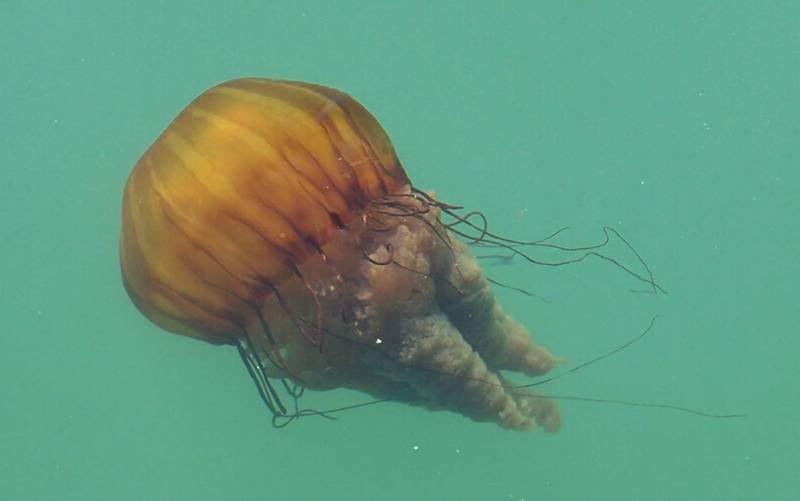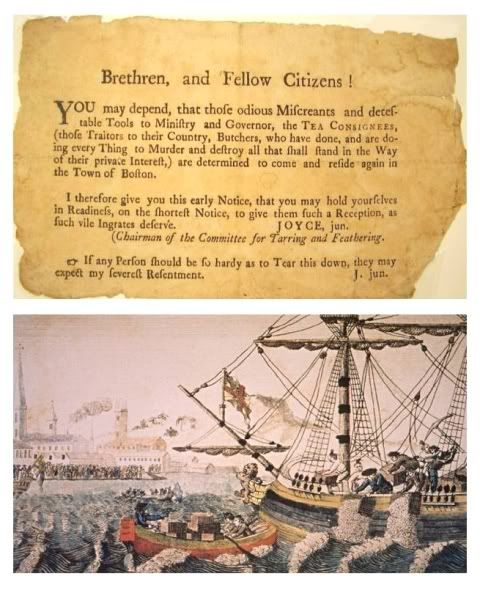Hard to believe some of these university studies were given the go ahead. Our tax dollars at work, and our friends' pounds/euros across the pond used in the same way. Goes to prove governments where ever waste the taxpayers' money.
I think we need to band together, find an obviouis conclusion, then look for grants to fund our research to come to that conclusion. I for one want to know how one volunteered for the orgasm study?? Sorry Cavey, the beer research is completed already.
UNIVERSITY OF THE BLEEDIN' OBVIOUS
 Hold the front page! Images of bikini-clad women make men more sexist. Steve Connor reports on a new study by Princeton scientists, while Jeremy Laurance recalls the other academic work that told us what we already know. . .
Hold the front page! Images of bikini-clad women make men more sexist. Steve Connor reports on a new study by Princeton scientists, while Jeremy Laurance recalls the other academic work that told us what we already know. . .
The Independent UK OnLine, Science Section
Scientists have demonstrated something that many women suspect and most  men would admit only to themselves: pictures of scantily-clad females turn women into sexual objects in the minds of men. Feminists would no doubt see the discovery as the science of the bloody obvious, but the researchers claim the results demonstrate just how pictures of bikini-clad women affect the inner workings of the male brain.
men would admit only to themselves: pictures of scantily-clad females turn women into sexual objects in the minds of men. Feminists would no doubt see the discovery as the science of the bloody obvious, but the researchers claim the results demonstrate just how pictures of bikini-clad women affect the inner workings of the male brain.
The study found that the part of the brain that keeps in check a man's sexual hostility towards women is deactivated when he is shown images of women in bikinis. The findings also support the idea that pornographic images turn women into commodified objects in the minds of men, the researchers said.
 "It is as if they are reacting to these women as if they are not fully human," said Susan Fiske, professor of psychology at Princeton University, who made the study on 21 male undergraduates using a medical scanner to analyse their brain activity. She told the American Association for the Advancement of Science in Chicago: "I wouldn't argue for censorship, but I would argue that it is important to know about the impact of the images you are showing."
"It is as if they are reacting to these women as if they are not fully human," said Susan Fiske, professor of psychology at Princeton University, who made the study on 21 male undergraduates using a medical scanner to analyse their brain activity. She told the American Association for the Advancement of Science in Chicago: "I wouldn't argue for censorship, but I would argue that it is important to know about the impact of the images you are showing."
The study focused on a region of the brain called the medial pre-frontal cortex,  just above the eyes, which, when activated seems to damp a man's tendency to express hostile sexist thoughts about women, Professor Fiske said. Men who express the strongest sexist tendencies tend to have a less active medial cortex. It becomes decactivated in men who are the most hostile to women, but only for women in bikinis, she said.
just above the eyes, which, when activated seems to damp a man's tendency to express hostile sexist thoughts about women, Professor Fiske said. Men who express the strongest sexist tendencies tend to have a less active medial cortex. It becomes decactivated in men who are the most hostile to women, but only for women in bikinis, she said.
"So basically they are particularly likely to treat these women as objects, at least that is the interpretation of the data we have so far. It is a preliminary study but it is consistent with the idea that they are responding to these photographs as if they were responding to objects rather than people."
 It was "shocking" to find that the pictures of scantily clad women deactivates the medial pre-frontal cortex, Professor Fiske went on. "The only other time we've observed the deactivation of this region is when people look at pictures of homeless people and drug addicts who they really don't want to think about what's in their minds because they are put off by them."
It was "shocking" to find that the pictures of scantily clad women deactivates the medial pre-frontal cortex, Professor Fiske went on. "The only other time we've observed the deactivation of this region is when people look at pictures of homeless people and drug addicts who they really don't want to think about what's in their minds because they are put off by them."
The panel of 21 heterosexual male students were first rated in terms of their sexist attitudes to women, using answers to interview questions. Then they were placed in a brain scanner while viewing a set of images of women in bikinis, women in clothes and men in clothes. The scientists also used "sexualised" images, where the head of each semi-naked photograph was cut off so that only the torso was visible. The men were then given memory tests on what they had remembered about each image, with and without the heads.
"Heterosexual men had the best memory for the sexualised bodies of women –  this is cutting-off the heads – even though they had seen the bodies for only 200 milliseconds," Professor Fiske said. The findings have wider implications for society because they show how sexualised images in the media and in advertising can dehumanise women by encouraging men to think of them in terms of objects to be acted upon, she said. "There is an avoidance-related dehumanisation or dementalising kind of response. This one is an approach-orientated response. These women are attractive, they are seen as sexually inviting.
this is cutting-off the heads – even though they had seen the bodies for only 200 milliseconds," Professor Fiske said. The findings have wider implications for society because they show how sexualised images in the media and in advertising can dehumanise women by encouraging men to think of them in terms of objects to be acted upon, she said. "There is an avoidance-related dehumanisation or dementalising kind of response. This one is an approach-orientated response. These women are attractive, they are seen as sexually inviting.
"When you have sexualised pictures of women in the workplace, it's hard not to think of female colleague in those terms. It has a spill-over effect in how you perceive plausible women in the workplace and not treating them as agents but as independent people, and not seeing them as a means to an end."
... and other groundbreaking studies from the archive

Fake orgasms differ from real ones
 Professor Gert Holstege of the University of Groningen asked women to place their head in a scanner while having an orgasm with their partner. They were then asked to fake an orgasm and the scans were compared. The result? Different parts of the brain experience real orgasms and create fake ones.
Professor Gert Holstege of the University of Groningen asked women to place their head in a scanner while having an orgasm with their partner. They were then asked to fake an orgasm and the scans were compared. The result? Different parts of the brain experience real orgasms and create fake ones.
The rhythm method of contraception is unreliable
A study in the British Medical Journal concluded women can get pregnant at any time of their monthly cycle. If you want to get pregnant, there is no substitute for frequent bonking (not a conclusion the researchers reached).

Men are attracted to women who wear red
Students at the University of Rochester, New York rated a woman's attractiveness in attire of varying hues. Most women opted for red. The researchers said this suggested they associated red with sex. Surprise! Red light district, scarlet woman, lipstick, painted nails; no clues there, then.


(Wouldn't you think this kind of research would mainly depend on what kind of pictures you use??!!)
The more fit you are the longer you will live
Researchers from Washington, US, who studied 15,000 former servicemen concluded the highly fit had half the risk of death of the least fit.
Living near a busy road increases the risk of asthma
A study of 5,000 children by the University of Southern California found air  quality affected health. They said: "Living in residential areas with high traffic-related pollution significantly increases the risk of childhood asthma."
quality affected health. They said: "Living in residential areas with high traffic-related pollution significantly increases the risk of childhood asthma."
Hurrying makes people less attentive
US researchers assessed the walking speeds of randomly selected pedestrians in 31 countries using stopwatches and a complicated measures. They concluded that "the more people rush around the less time they have to devote to factors that are peripheral to their main goals".
Giving up smoking is good for your lungs
Scientists at the University of Glasgow assessed smokers six weeks after they had quit. They found that they had improved their lung function by 15 per cent. What is even more remarkable is that editors at the American Journal of Respiratory and critical Care Medicine thought this a study worth publishing.
Binge drinkers are more likely to fall over
 Scientists at Wake Forest School of medicine in the US who questioned 2,000 students concluded getting drunk made them prone to lose their balance.
Scientists at Wake Forest School of medicine in the US who questioned 2,000 students concluded getting drunk made them prone to lose their balance.




















 those that seem irrelevant to the current task, whereas men out-perform women in navigation tasks," the scientists wrote. "Men tend to solve navigation tasks by using orientation-based strategies involving distance concepts and cardinal directions, whereas women tend to base their activities on remembering the location of landmarks and relative directions, such as "left from", or "to the right of"."
those that seem irrelevant to the current task, whereas men out-perform women in navigation tasks," the scientists wrote. "Men tend to solve navigation tasks by using orientation-based strategies involving distance concepts and cardinal directions, whereas women tend to base their activities on remembering the location of landmarks and relative directions, such as "left from", or "to the right of"." 

















 By Michelle Malkin
By Michelle Malkin









